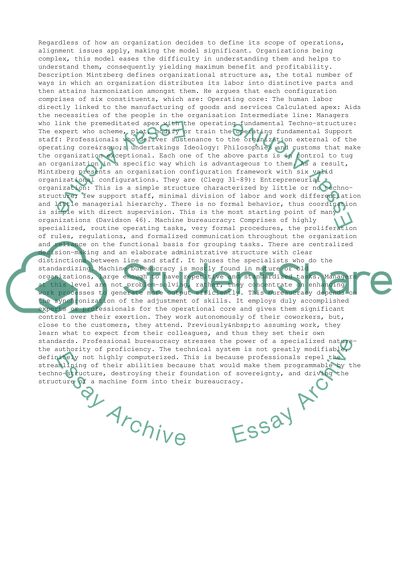Cite this document
(Effective Organization Structure Case Study Example | Topics and Well Written Essays - 2250 words, n.d.)
Effective Organization Structure Case Study Example | Topics and Well Written Essays - 2250 words. Retrieved from https://studentshare.org/management/1469073-compare-and-contrast-the
Effective Organization Structure Case Study Example | Topics and Well Written Essays - 2250 words. Retrieved from https://studentshare.org/management/1469073-compare-and-contrast-the
(Effective Organization Structure Case Study Example | Topics and Well Written Essays - 2250 Words)
Effective Organization Structure Case Study Example | Topics and Well Written Essays - 2250 Words. https://studentshare.org/management/1469073-compare-and-contrast-the.
Effective Organization Structure Case Study Example | Topics and Well Written Essays - 2250 Words. https://studentshare.org/management/1469073-compare-and-contrast-the.
“Effective Organization Structure Case Study Example | Topics and Well Written Essays - 2250 Words”, n.d. https://studentshare.org/management/1469073-compare-and-contrast-the.


